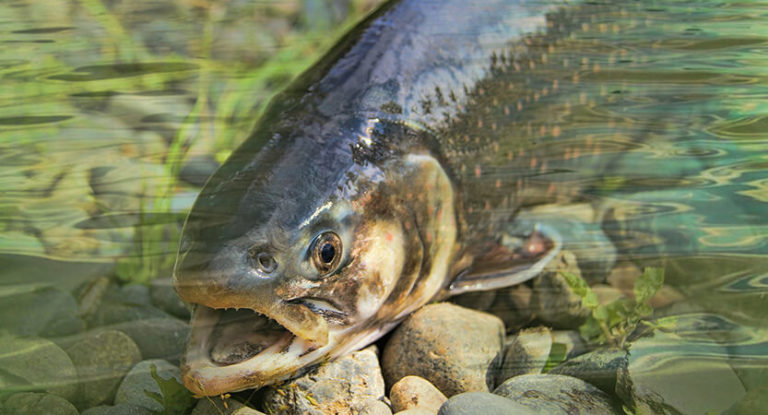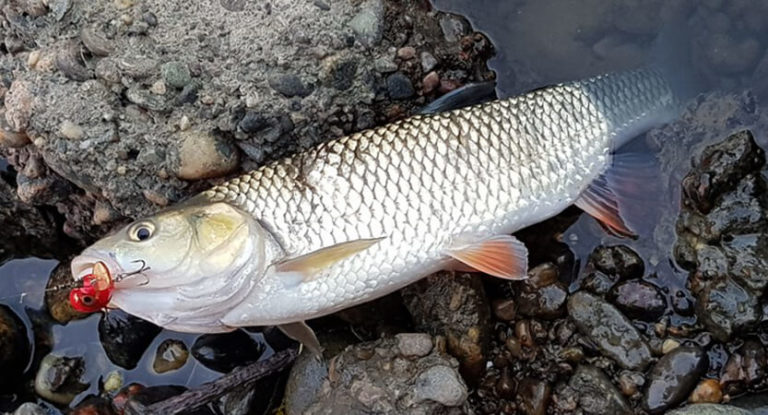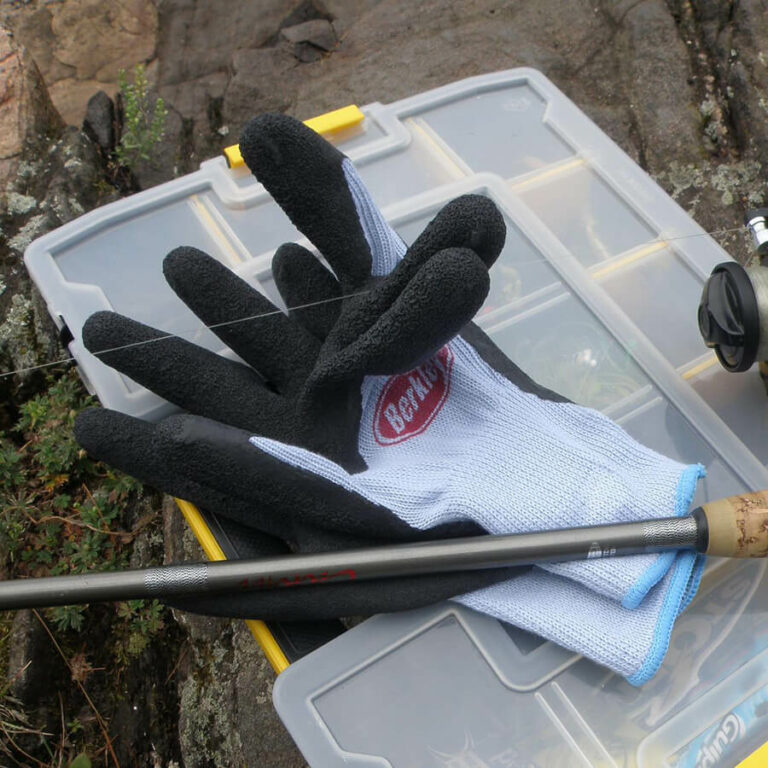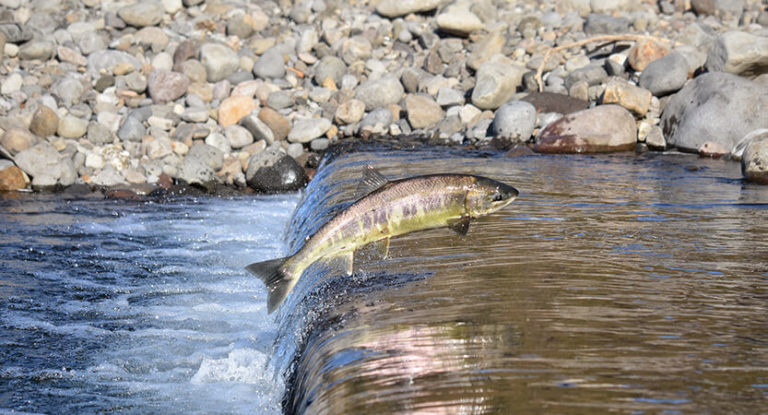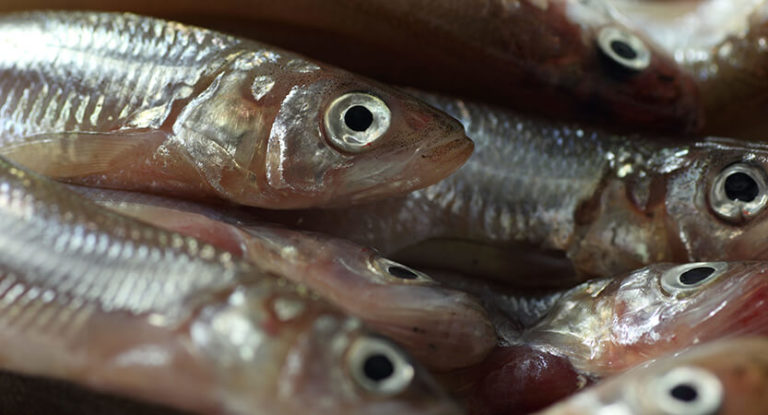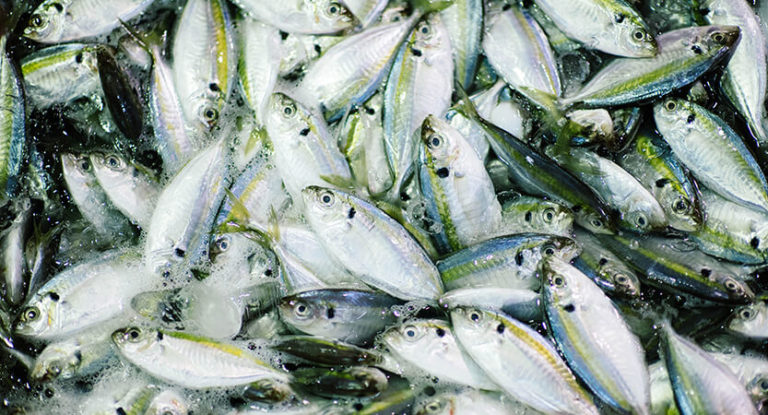Even people far from it know about the influence of weather factors on the effectiveness of fishing. And experienced fishermen can clearly say whether the weather is cool today or it will be poorly caught, without a spark. Moreover, they often talk about atmospheric pressure and its effect on fishing, which is natural. This is perhaps the most significant determinant of fish behavior.
Today we will talk about the effect of atmospheric pressure on the weather and, as a result, on the behavior of representatives of freshwater ichthyofauna . This information will help in deciding whether to go to the pond today or wait until better times. And if we have already left, how and whom to catch, so as not to return home with an offensively empty cage.
Here is an overview of the content of this tutorial, feel free to jump to any section you care about:
For more fishing instructions, take a look at these popular Trizily links: Best Baitcasting Rods, Best Fishing Lines.
- A Beginner’s Guide To Jigging
- How To Choose A Fishing Hook
- How To Put Fishing Line On A Reel (Complete Guide)
What is atmospheric pressure?
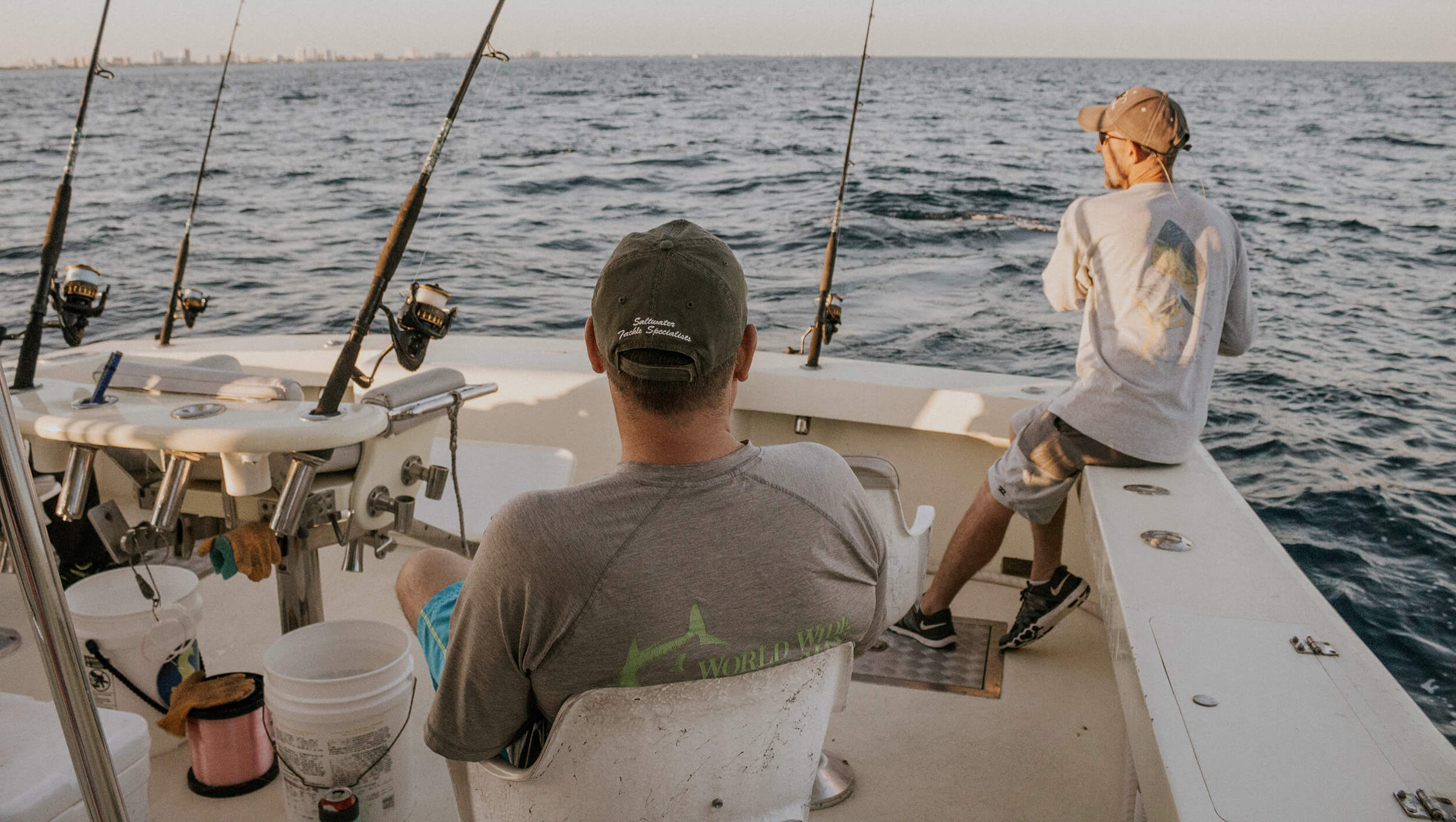
As we know, the Earth rotates, and with this the location of the geomagnetic field changes, which entails changes in the atmosphere. Somewhere the pressure of the atmosphere on the earth’s surface is higher, somewhere lower. As a result, areas of low (cyclones) and high (anticyclones) pressure are formed.
Air masses are constantly mixed, cyclones and anticyclones replace each other, which entails pressure drops. The boundaries of areas of high and low pressure are called atmospheric fronts. The combat of cyclones and anticyclones on the border of the collision of fronts is accompanied by strong gusty winds (usually with a change in direction), thunderstorms, showers, hail and other weather surrealism.
In summer, a cyclone brings with it a cold snap, in winter – a thaw, and an anticyclone – vice versa. Thus, atmospheric pressure has not only a direct but also an indirect effect on the fish biting: it also determines other weather factors.
The effect of atmospheric pressure on fish behavior
Atmospheric pressure (we will abbreviate this phrase to HELL, although this is not too legitimate) has a tremendous effect on the well-being of the inhabitants of the Earth. Meteorological people feel the changes in the weather especially powerfully, reacting sharply to pressure drops and often anticipating the onset of a cyclone.
Water is a much denser medium than air, so changes in atmospheric pressure in its thickness are almost invisible. For example, at a depth of 10 meters, the same amount is added to the standard pressure of one atmosphere (we feel it on the surface). That is, plus one more atmosphere, and not some measly tens of millimeters of mercury.
This dispels the myth that an increase in pressure compresses the swim bladder and the fish sinks to the bottom, while a decrease, on the contrary, makes it float. Representatives of the ichthyofauna are not in a static position, changing the depth of their stay hundreds of times a day. They automatically release or build up pressure inside the swim bladder. That is, changes in pressure are common for fish.
It would seem that with such inputs, the state of atmospheric pressure should not affect fishing, but no! Affects, and how. Pisces have a sensory system that is significantly different from ours. Ichthyologists believe that they are able to sense changes in blood pressure with the help of the lateral line , the swim bladder, or even other receptors, the purpose of which we still have no idea.
That is, the fish senses changes in pressure, and the experience of many generations tells it: an atmospheric front is approaching, bad weather is coming, something needs to be done. Each species reacts to such signals in its own way: someone breaks through to intense gluttony, and someone goes to considerable depths and hides in order to calmly survive the bad weather. You must admit that it is much calmer at depth than at the surface, where waves beat and thunder rumbles.
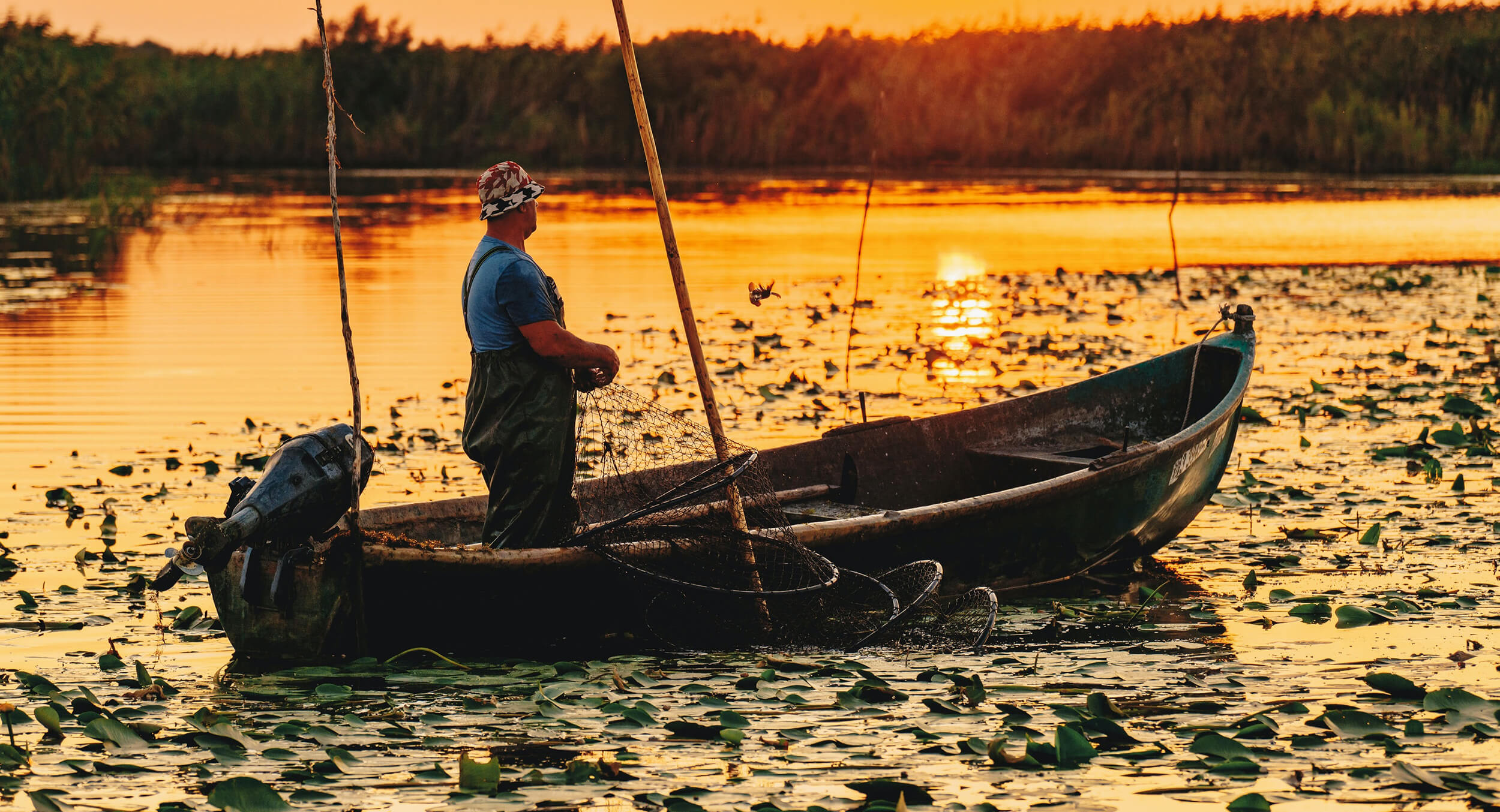
Optimal pressure for fishing
On the Internet, the statement is often found that the optimal indicator is a value of 760 mmHg (or 29,92 inch Hg, or 14,696 psi, or 1,01325 bar). (mercury column – in accordance with the readings of the barometer). However, this is not entirely true: the optimal indicator is the average value typical for a given area. And it is determined by its position relative to sea level.
In other words, 760 mmHg. – this is the ideal position for the zero mark in relation to sea level. And the higher you go, the lower this figure. Every 100 meters above sea level gives minus 8-10 mmHg. from the base figure of 760 mmHg.
It is believed that a gradual decrease in pressure has a beneficial effect on biting. And it is difficult to disagree with this: often on the eve of the onset of a cyclone, representatives of the ichthyofauna have a real gluttony. However, a sharp decrease, as well as an increase in blood pressure, is perceived negatively by the fish: it needs some time to adapt to new conditions.
Worst of all, if the reservoir is located on the border of atmospheric fronts. These are guaranteed pressure surges, accompanied by a rampant of the elements. It is better to wait out this period: in such weather, there is little pleasant in the very process of fishing, and the fish, stupefied by such weather whims, does not tend to come to the hook too much.
Bite with high pressure
Increased pressure, which lasts for several days, as a rule, has a beneficial effect on the appetite of carp species. They are more thermophilic than most predators, and the arrival of an anticyclone during the open water period, as a rule, marks the arrival of warm sunny days.
But there is one “but”: even the heat-loving carp does not accept the suffocating heat. If the anticyclone has settled seriously and for a long time, a period of heat sets in, the water heats up strongly, which is accompanied by a deficiency of oxygen. At this time, it is better to postpone fishing to the early morning, evening or night, since the heat that has been established due to high pressure discourages even the white fish’s appetite. During the day, she prefers to rest at great depths.
But the predator does not like increased pressure in principle: in anticipation of the onset of the anticyclone, it becomes lethargic and inactive. The same pike seeks to hide in the thickets, from where it occasionally attacks the prey swimming by.
Long dominance of the anticyclone in summer can kill fish. The oxygen content in the water reaches critical values, and not only the heat itself makes a tangible contribution to this, but also the process of decay of aquatic vegetation and other bio-waste, accelerating because of it. The long-term summer heat is especially dangerous for the inhabitants of small stagnant bodies of water: deprived of the opportunity to go to the depth, they simply die.
The adaptation reserves of many species are truly amazing: for example, crucian carp burrows into silt and goes through hard times in semi-anabiosis. But, naturally, even he is not interested in food and will not bite.
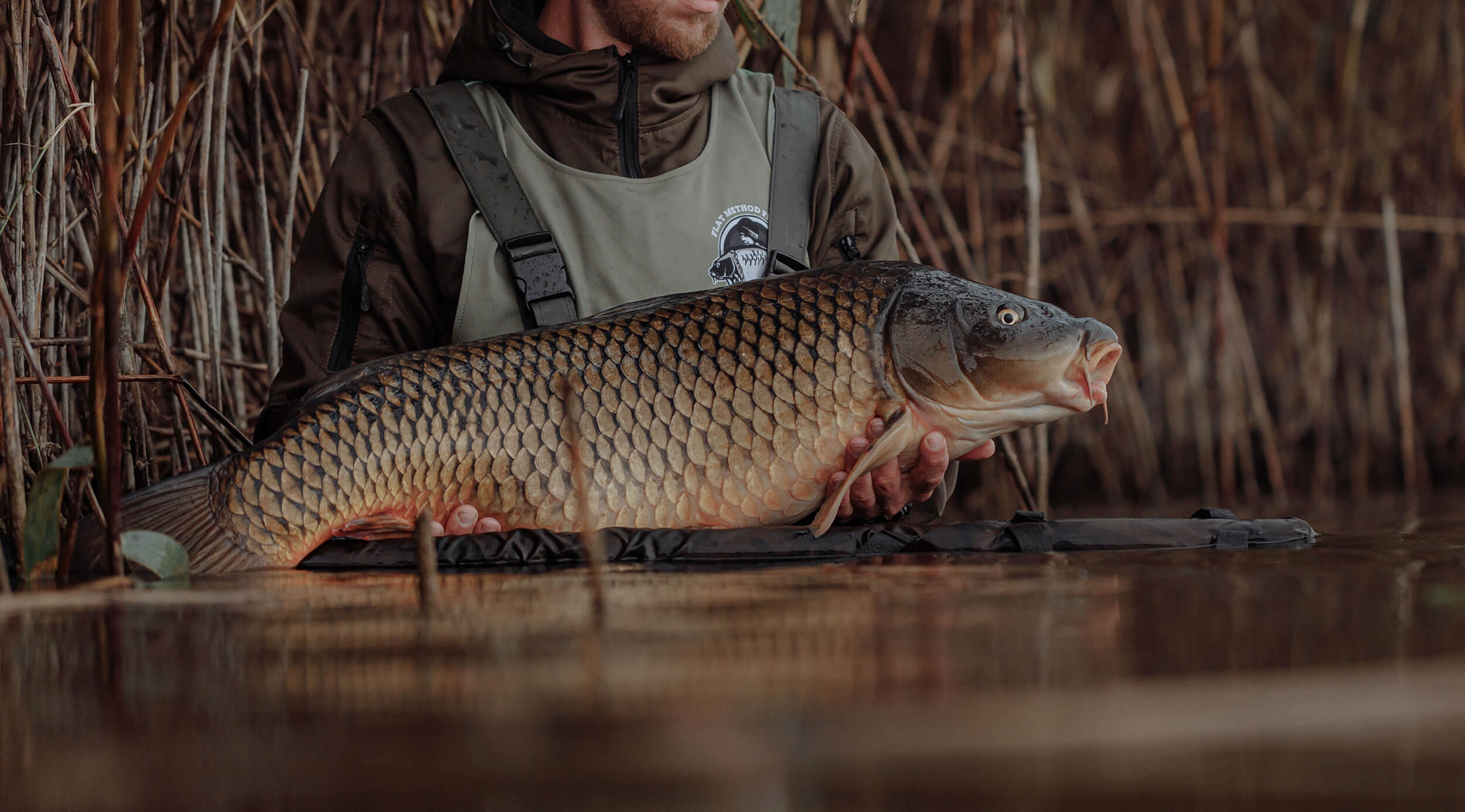
Fishing at low pressure
With a decrease in atmospheric pressure, the predator’s bite is activated – this is noted by all experienced anglers. It is believed that natural mechanisms are triggered, prompting to get more food in anticipation of probable bad weather. And for burbot, a decrease in pressure and the associated cold snap is generally the ideal of the weather. This is understandable: after all, freshwater cod is one of the most cold-loving inhabitants of our reservoirs.
But carp species do not really like a decrease in pressure, especially a sharp one. Even the trifling trifle tends to go to considerable depths and wait out the bad weather there. However, after a few days of consistently low blood pressure, the white fish activates and begins to eat according to the usual program, without any spikes and falls.
In principle, predators have less meteorological dependence than peaceful fish. Perch, pike perch, pike rarely lose their appetite for a long time, even with an increase in pressure. Sometimes they do not even care about sharp jumps in mercury column indicators, especially when it comes to the spring pre-spawning period.
Seasonal influence of pressure on fish biting
It is somewhat unreasonable to consider the effect of blood pressure on fish behavior without taking into account seasonality, so let’s pay attention to this factor as well:
- Spring . This period is characterized by frequent pressure drops. In early spring, biting activity is observed with the onset of thaws with an increase in pressure (that is, on fine sunny days). However, it should be borne in mind that during this period most of the representatives of the ichthyofauna inhabiting us are preparing for spawning , so that the biting does not stop under any weather conditions. Spawned individuals usually lose food activity for some time. Before going fishing, you should pay attention to the fishing restrictions that come into force due to spawning.
- Summer . The summer period is more stable in terms of pressure indicators (more often it is increased), but on hot days it is better to postpone fishing to a cool time of the day. In the persistent cool weather caused by the cyclone, you can fish consistently throughout the day. A sharp drop in pressure usually marks a bumblebee.
- Autumn . The air temperature is gradually decreasing, precipitation is becoming more frequent, and the number of rainy days is increasing. A good time is Indian summer, when the anticyclone prevails, bringing clear sunny weather. The rest of the time the atmospheric pressure is unstable, so it is impossible to predict the bite rate. During periods of stabilization of pressure, one can rejoice at a good catch: the fish is preparing for a hungry winter and seeks to “get fat”. For example, pike picks up well in September even in rainy weather, but then its activity gradually dies down until the first ice. Lures of animal origin are preferred, even for peaceful fish.
- Winter . The best periods for fishing are the periods of the first and last ice, especially when accompanied by clear weather and stable blood pressure. In the wilderness, fishing is not very promising, with the exception of thaws, which during this period are brought with cyclones, that is, areas of low pressure. Such days are especially good for catching perch and roach. The long dominance of the anticyclone is marked by clear days with the accompaniment of bitter frosts – there is nothing to do on the reservoir. If the thaw is accompanied by a clearing and a decrease in pressure, then a golden time for pike comes.
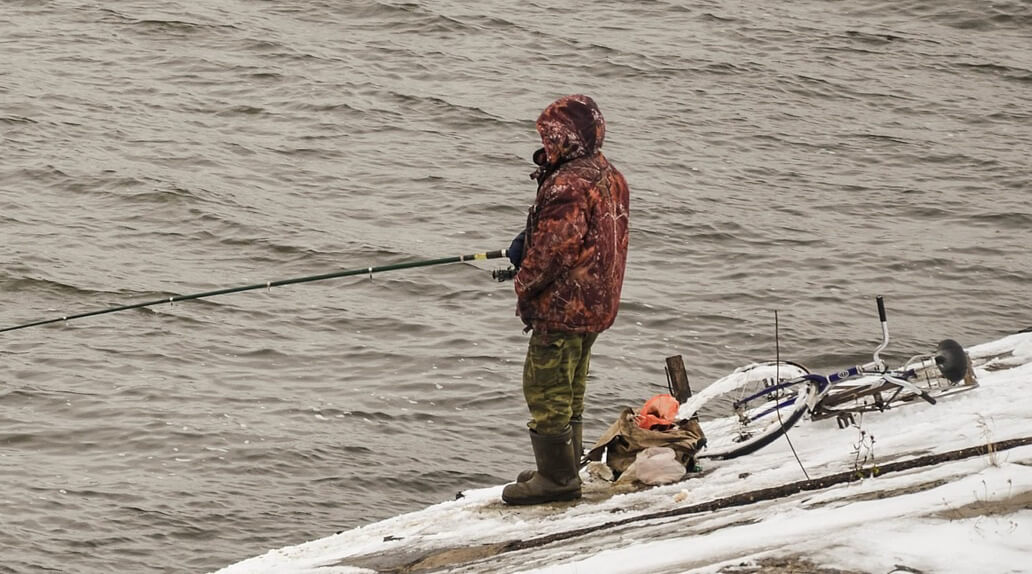
Accounting for other weather factors
In nature, everything is interconnected, including atmospheric phenomena. As mentioned above, atmospheric pressure determines the nature of the weather in general.
When preparing for fishing, in addition to pressure, other factors should be considered:
- Air temperature . The air temperature directly affects the degree of water heating. For each type of fish, there are certain temperature limits at which they feel comfortable. Moreover, significant excess of these indicators is much more destructive, as mentioned above. Fish bite best at a comfortable temperature.
- The wind . A sharp gusty wind with a change in direction is a sign of the struggle of atmospheric fronts. This is definitely not the best time for fishing. The north and east winds are not very good – the west and south are much more favorable, but much depends on the strength and stability of the direction.
- Precipitation . The period of a sharp drop in pressure before a thunderstorm has a negative effect on the bite (at least of a peaceful fish). But after a summer shower it takes very well, especially if it has “soaked” the heat. Warm rain in light wind is good at any time. In winter, snowfall usually foreshadows warming and increased biting. During a blizzard on the ice, there is definitely nothing to do.
- Cloudy . The presence of clouds has little effect on the fish: it simply does not notice them. However, the clouds bring the desired coolness (which is good), and thunderclouds foreshadow bad weather (but this is not good).
Contrary to popular misconception, the inhabitants of freshwater bodies practically do not react to the phases of the moon. But marine fish are very sensitive to the position of the night star.
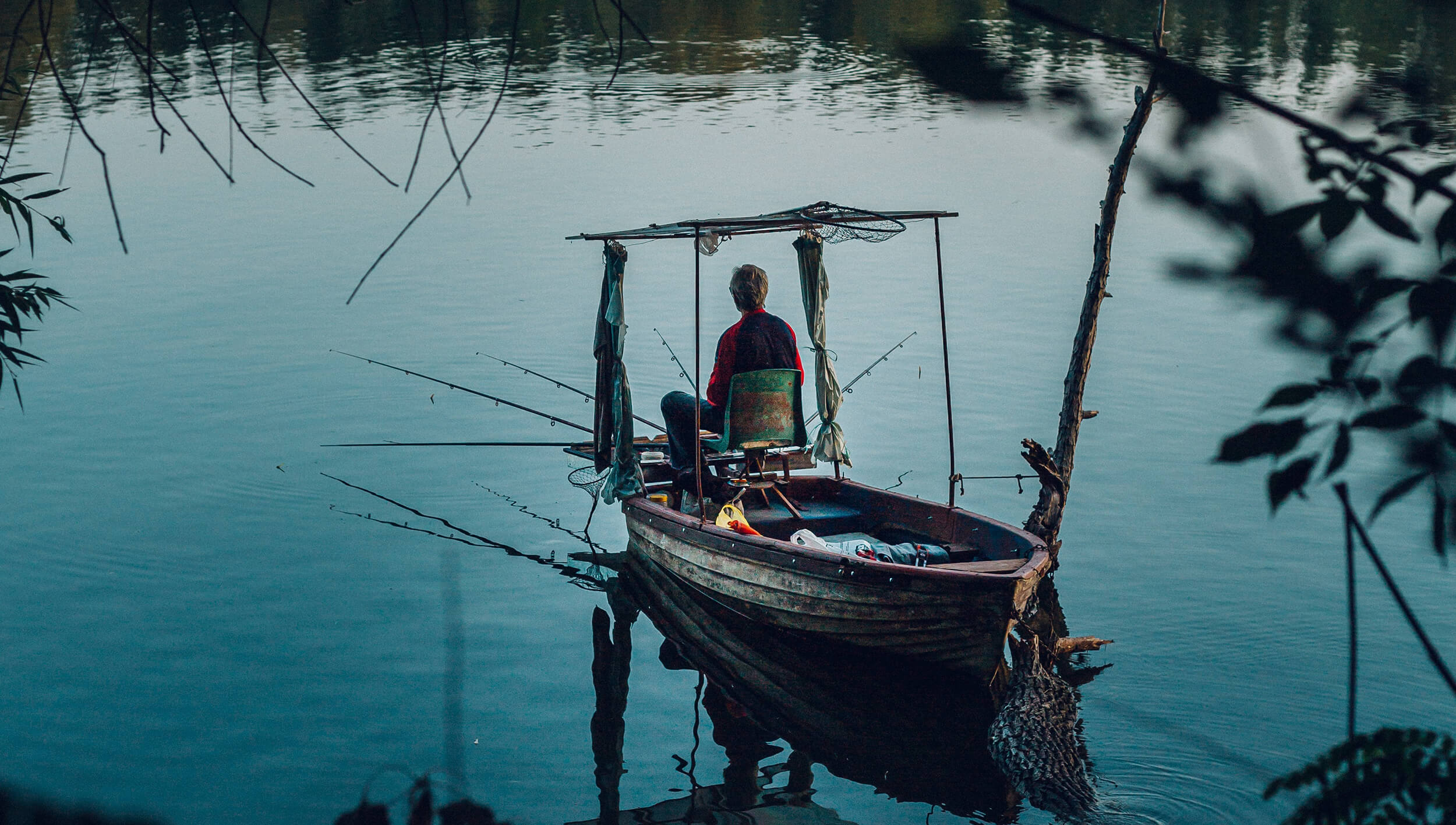
Tips for beginners
Now is the time for our traditional recommendations for aspiring anglers:
- The barometer is better than the forecast . Forecasters are often wrong: sometimes they predict stable sunny weather, and the barometer indicates the opposite. Trust the device!
- The main thing is stability . The fish can adapt to different conditions, the main thing is that they are constant. If the pressure is stably kept at the same values for three days, the fish will get used to it and, most likely, there will be a bite. Of course, if there is no stifling heat or twenty-degree frost.
- The risk is not always justified . After a thunderstorm, the bite is often activated, but during the revelry of the elements, fishing is not only unpromising, but also dangerous.
- There is always a bite . An experienced fisherman can adapt to any weather conditions: he knows how to find the location of the fish and stir it up even during the period of minimal activity.
Gain experience, dear colleagues, and the vagaries of the weather will not be able to deprive you of your catch!

